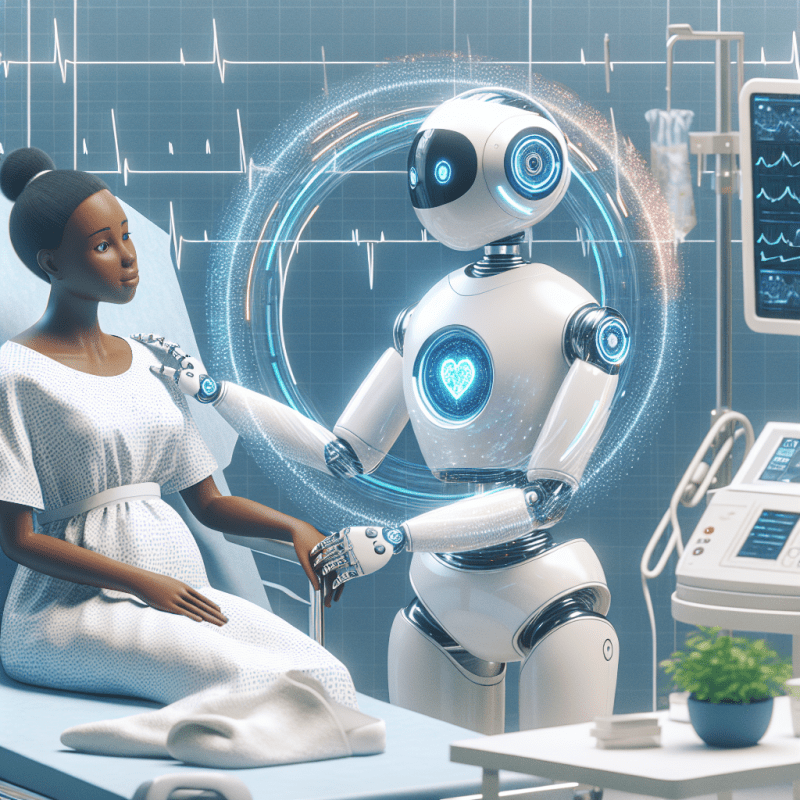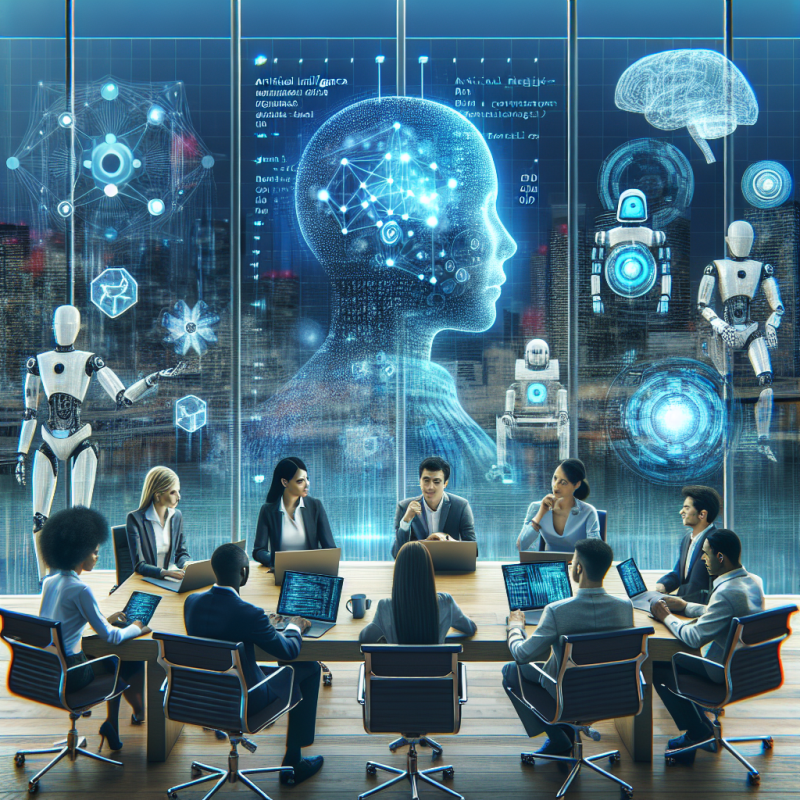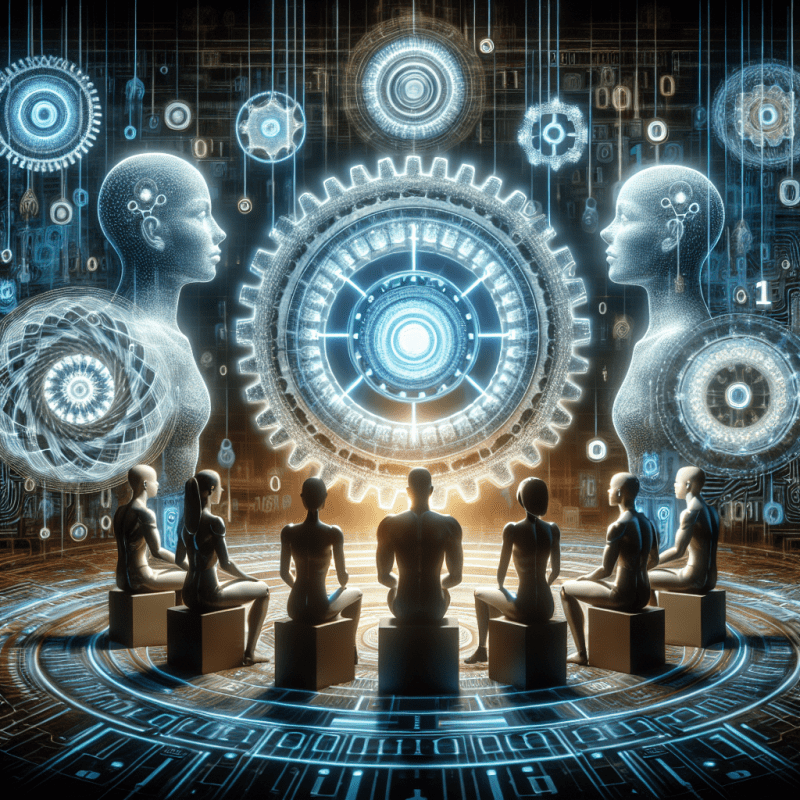The AI revolution didn’t just pop up overnight; it has roots that stretch back over several decades. It all started in the mid-20th century when pioneers like Alan Turing began exploring the possibilities of machines that could think and learn. Turing's ideas about a "universal machine" laid the groundwork for what we now know as computer science and artificial intelligence.
Fast forward to the 1950s and 1960s, and things started kicking into high gear. Researchers were busy coming up with algorithms and basic neural networks that mimicked human thought processes. They experimented with programs that could solve math problems, play chess, and even allow machines to understand basic languages. It was an exciting time, filled with optimism about what machines could achieve.
The excitement didn’t last forever, though. By the 1970s and 1980s, the field hit a snag known as the "AI winter." Many projects faced challenges due to limited computing power and unrealistic expectations. Funds dried up, and interest waned. But the spirit of innovation never really died. Researchers kept plugging away, finding new ways to approach old problems.
As technology caught up with the ideas, especially in the 2000s, AI began to thrive again. With the rise of the internet and massive amounts of data, machine learning became possible in ways that were previously unimaginable. More computing power meant more complex algorithms and better data analysis. Suddenly, everything from self-driving cars to language translation apps became feasible.
Key Milestones in AI Development
Artificial Intelligence (AI) has come a long way since its early beginnings. One of the first major milestones was in the 1950s, when Alan Turing developed the Turing Test. This simple yet profound idea aimed to measure a machine's ability to exhibit intelligent behavior similar to a human. It set the stage for future discussions about machine intelligence.
Fast forward to the 1960s and 70s, when researchers started developing programs that could solve algebra problems, play chess, and even understand natural language to an extent. Projects like ELIZA, a chatbot created by Joseph Weizenbaum, showcased how machines could simulate conversation, sparking interest in AI’s potential to interact with humans.
In the 1980s, AI experienced a boom with the rise of expert systems—programs that used rules and knowledge databases to solve specific problems. These systems were used in fields like medicine and finance, proving that AI could have real-world applications. However, the hype eventually led to a slowdown in funding and interest—a period sometimes referred to as the “AI winter.”
But things took a significant turn in the 2000s with the advancement of machine learning and the explosion of data. Algorithms began to improve, powered by faster computers and more accessible data. This paved the way for breakthroughs in image and voice recognition, making AI more useful in everyday applications, from smartphones to smart home devices.
How AI Is Shaping Our Future
AI is becoming a major part of our everyday lives, and it’s pretty exciting to see where it's taking us. Think about it: from virtual assistants on our phones to recommendations on streaming platforms, AI is already helping us in ways we don’t even notice. It’s like having a super-smart buddy who learns what you love and helps make things easier, whether it’s finding the perfect movie or managing your schedule.
One big area where AI is making waves is in healthcare. Imagine a system that analyzes thousands of patient records and helps doctors spot issues faster than ever. This means quicker diagnoses and more personalized treatments, which could lead to better health for so many people. Plus, with AI taking over some routine tasks, healthcare professionals can focus on what they do best: caring for patients.
In the workplace, AI is transforming everything from manufacturing to customer service. Robots are working alongside humans, handling repetitive tasks while people focus on creativity and problem-solving. Customer chats are getting smoother too, with AI tools providing quick responses and solutions. It can make businesses run more efficiently, which is great for both customers and employees.
And let’s not forget about how AI is impacting learning. With personalized learning apps, students can learn at their own pace and in ways that suit them best. AI can identify what a student struggles with and offer tailored resources to help them succeed. It’s bringing a whole new level of support to education that can make a big difference.
There’s no doubt that AI is shaping how we live and work, often in ways we may not even realize. As we embrace these new technologies, it’s important to consider how they can enhance our lives and communities. With every advancement, we’re not just watching the future unfold; we’re also playing a role in creating it together.
Common Misconceptions About Artificial Intelligence
When it comes to artificial intelligence (AI), there are plenty of myths floating around that can make it a bit confusing. Let’s clear up some common misconceptions!
First off, many people think AI can think and feel like a human. While AI can analyze data and make decisions based on that data, it doesn’t have emotions or consciousness. It works through algorithms and programming, which means it can’t experience joy, sadness, or the complexities of human emotions. Think of it more as a super-smart calculator rather than a being with feelings.
Another misconception is that AI will replace all jobs and leave everyone unemployed. The truth is, AI is designed to assist us, not replace us completely. Sure, it can take over repetitive tasks, but it also creates new job opportunities in tech, data management, and other fields. So instead of fearing job loss, it’s more about how we adapt and learn to work alongside AI.
Lastly, many believe that AI is only for big companies or tech gurus. But that's far from the truth! Today, there are plenty of user-friendly AI tools available for everyone, regardless of your technical background. Whether you're a small business owner or just looking to streamline your daily tasks, there's an AI solution for you that’s accessible and easy to use.


